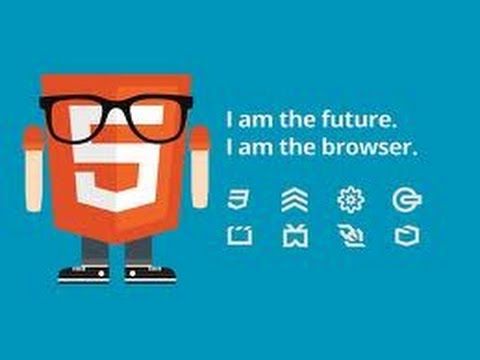
Although the future of the publishing industry has yet to be written, it is not certain as to whether HTML5 will be included. With the advent of apps, the prediction was that the number of print-based publications would fall with distribution costs following a similar trend.

When converting a PDF to a flipbook, many companies choose to work with flash. However, HTML is much better, more efficient option. The decision was also made based on the release of the iPad, a prolific tablet across the globe and one of the best devices to use flipbook technology. On the eve of the tablet’s release, Steve Jobs announced that the iOS would not handle flash files.
This is where HTML5 fits in. The format works on both iPad and Android devices; this dual-format capability makes HTML5 a far more versatile format, and also more efficient considering that most companies choose to create two versions of a flipbook project; one in HTML5 for tablets, and another flash version for other mediums. But what exactly is HTML5 and where does it lie specifically in the publishing field?
PDF to HTML5 – a more responsive format
HTML5 is the latest generation of the HTML family. It is commonly used in the most popular web browsers today, and it is also supported in various degrees elsewhere in the technological universe. What makes HTML5 so responsive? Imagine a grid, split into various elements. Based on the size of a screen and it’s orientation, these elements adjust their position accordingly. HTML5 allows the creation of responsive environments due to a few specific features; even so, just because something is designed solely in HTML5 does not mean a particular design will be automatically compatible between other formats and devices.
- Don’t miss; Smartphone App Development: iOS vs Android
Flipbooks – an adaptive design
What is the difference between adaptive design and responsive design? The former is defined by the adjustments websites make to image size, or the layout of a menu in order to be compatible with a specific device or bandwidth. Most websites that are available on mobile devices are built using adaptive design techniques.
Also read: Why HTML5 is the Top Pick of Web Developers
What is an HTML5 Flipbook?
Contrary to popular belief, an HTML5 flipbook does not constitute any text or image. A PDF, on the other hand, can be converted into images, with HTML5 facilitating the presentation of those images as digital pages.
Although there are some PDF to digital replica page converters, which are used to convert pages like PDF to HTML files, when professionals talk about conversion, they really mean something else. For example, when designing a magazine or newspaper layout, publishers prefer HTML5 content due to its adaptive and responsive nature. In other words, the design aesthetic retains integrity while the format is scaled up, or down, equally and accordingly. HTML5 is the future of publishing and digital conversion.
For more information, have a look at the following link, where you can also check out a wide range of converting software available on the internet.